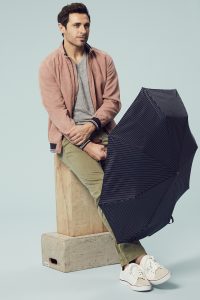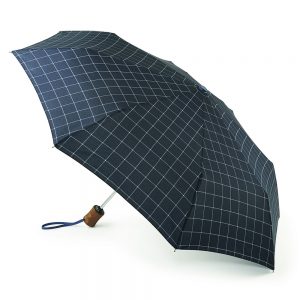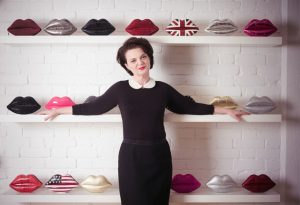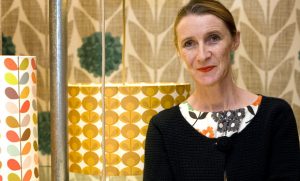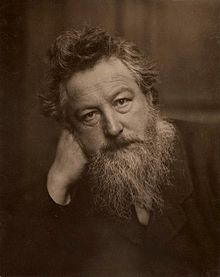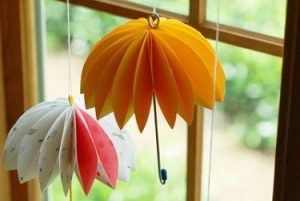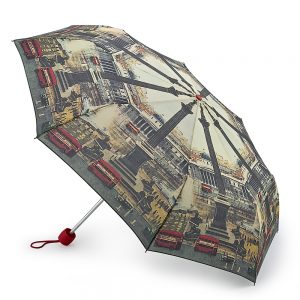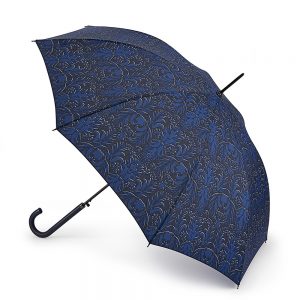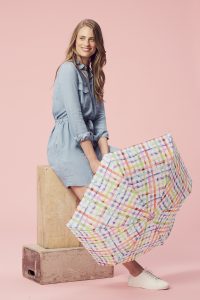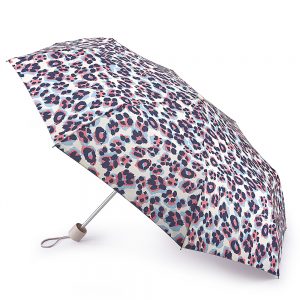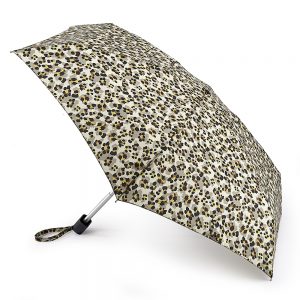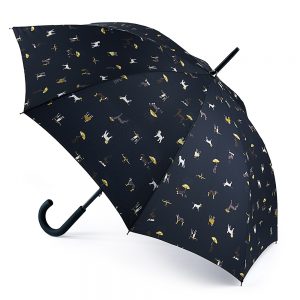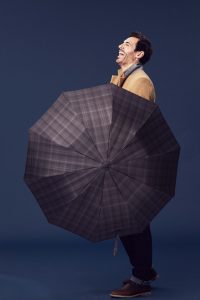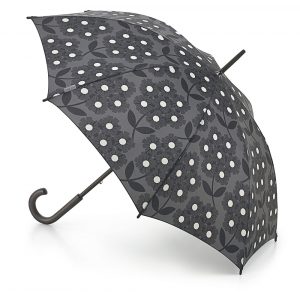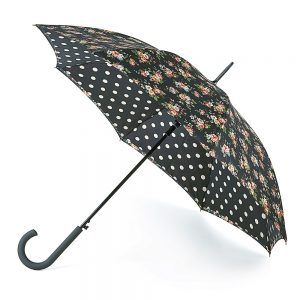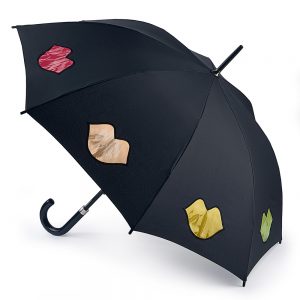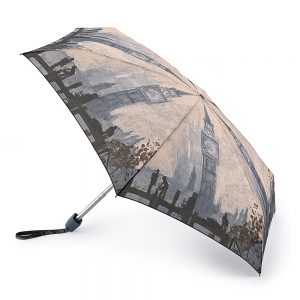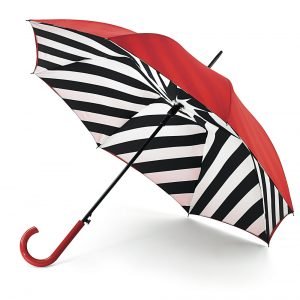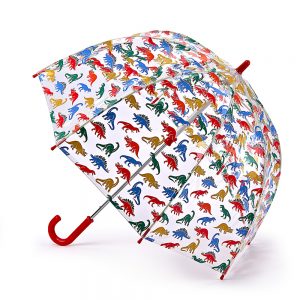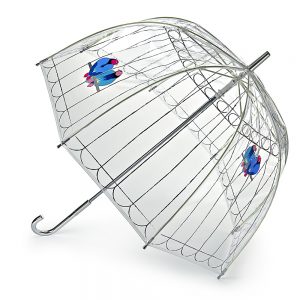The royal wedding: a rundown of the day
As a company with a Royal Warrant, we love the pomp and pageantry of a royal event. And like billions of people around the world, we’ve been looking forward to the wedding of Prince Harry and his now-wife, Meghan Markle, for months — so how did the day pan out?
Whether you only caught the end of the event or just want to learn a few interesting bits of trivia about it, we’ve put together a step-by-step review so you can relive the day!
The build up
Activity really started to pick up from around 9am on the day of the wedding of Prince Harry and the formerly-titled, Meghan Markle. The 1,200 members of the public that had been selected to watch the occasion from the grounds of Windsor Castle — the world’s oldest and biggest inhabited castle on the planet — started to arrive around this time and news coverage of the event began.
The arrival of the guests
From 9:30am to 11am, viewers watching events unfold in Windsor were treated to sightings of a crowd of celebrity faces. Around 600 guests attended the wedding, including royals and well-known personalities such as Oprah Winfrey, the Beckhams, Joss Stone, James Corden, Serena Williams, George Clooney, and Sir Elton John.
The guests filled into Windsor Castle’s Round Tower after arriving by coach, then, stepped into the chapel via the South Door before finally taking their seats to await the arrival of the bride and groom. Although, some commentators were irked that a few of the guests caught on camera were chewing gum!
The bride sets off and the royal family enter St. George’s Chapel
Around 11:15am, the bride left Cliveden Castle where she had spent the night with her mother, Doria Ragland. During the bride’s journey to Windsor Castle, members of the royal family began to arrive at the Galilee Porch, either on foot or via car.
Any spectators gathered at the Long Walk would have caught a glimpse of the bride’s car before it came to a stop to allow the bride’s mother to exit and enter the Castle. Afterwards, the bride met with her four pageboys and six bridesmaids — which included children of friends and family members on both the bride’s and groom’s side — before she got out of the car and entered the St. George’s Chapel at the West Steps.
This was the first time viewers watching in person and on television caught a glimpse of the bride’s choice of dress. The garment was designed by Clare Waight Keller — the first female artistic director at Givenchy — and featured an open bateau neckline and sculpted waist. Unlike the Duchess of Cambridge’s dress, Meghan chose not to go for lace embellishments, and instead, opted for a satin fabric with a five-metre veil.
Princes Harry and William make their way to the castle grounds
At approximately 11:45am, the groom alongside his brother and best man, Prince William, started to make their way to the Chapel’s West Steps, waving at the members of the public that had showed up to celebrate the affair.
If you watched the event on television, you may also have noticed some people gathered in the Horseshoe Cloister at the bottom of the West Steps. These were representatives of several charities that Prince Harry is associated with.
The Queen arrives
Due to protocol, The Queen was the last to arrive and entered the Chapel at about 11:52am. Her choice of outfit colour has been highly debated in recent weeks, and it seems that for the event, Her Majesty opted for lime green with purple accessories.
The bride begins her walk down the aisle
Once the Queen had taken her seat, the bride walked down the aisle alone before meeting Prince Charles at the Quire and taking her final steps alongside him to her groom.
The service
Starting at 12pm, the cameras stayed on the couple and congregation as the service, led by the Archbishop of Canterbury, got underway. Much of the service was business as usual, although, homage was clearly paid at certain intervals to the bride’s family and background — particularly with the inclusion of the hymn ‘This Little Light of Mine’ and the invitation of American reverend, Michael Curry.
Interestingly, Prince Harry opted to wear a wedding ring, which is not the standard for royal grooms.
The carriage ride
Once the service concluded at 1pm, the couple exited St. George’s Chapel from the West Steps and shared their first kiss as husband and wife in front of cheering crowds. Then, the couple began their two-mile carriage procession through Windsor. Reportedly, around 100,000 people turned out to see them as they sat in the open-top Ascot Landau carriage, which was pulled by Windsor Grey horses — a breed that has done this job for members of the British royal family since the 1900s.
Lip readers watching the Prince and his new wife were able to discern that Markle exclaimed “wow” upon seeing and hearing the crowds, while Prince Harry apparently muttered to her that he was “ready for a drink” at the end of the procession!
Wedding receptions
To begin the celebrations, the Queen hosted a reception for her grandson and his new wife at St. George’s Hall. Afterwards, the public caught another sight of the newlyweds when they emerged in their evening attire for a reception hosted by Prince Charles at Frogmore House — a favourite residence of Queen Victoria.
Unfortunately, the receptions weren’t televised. However, we know that Meghan — who now has the title Duchess of Sussex — broke with protocol to deliver a speech, while the father of the groom, the Prince of Wales, reportedly delivered a very moving speech himself. Prince William’s best man’s speech also had the 600 guests who attended the reception laughing, especially when he mentioned his younger brother’s “growing bald patch”. Another highlight of the event was the mini concert Sir Elton John gave, in which he entertained the newlyweds and their guests to renditions of Circle of Life and Tiny Dancer.
As the evening wore on, guests enjoyed burgers and candyfloss, then danced the night away to songs mixed by DJ Sam Totolee.
The wedding of the now-titled Duke and Duchess of Sussex was watched all over the world — including by around 18 million Brits and 29 million Americans!
Browse our ranges of women’s, men’s, children’s, designer, and sport umbrellas before you go.

